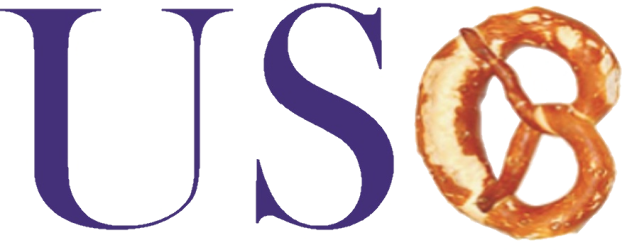A loophole in California Financing Law allows predatory lenders charge almost any interest for loans over $2,500, that will be disproportionately harming the stability that is financial of groups of color. Assembly Bill 539, The Fair usage of Credit Act would keep currently susceptible communities from dropping further as a period of poverty https://speedyloan.net/payday-loans-mo by capping interest levels.
California has to Fix the Loophole that Lets Predatory Lenders Rip individuals Off
The typical percentage that is annual in 2015 for pay day loans in Ca had been 366 per cent. That, to place it bluntly, is really a rip-off, but we are able to correct it this present year: Assembly Bill 539— “The Fair Access to Credit Act” — would impose a 36 % yearly interest that is simple limit on authorized monetary loan providers beneath the California Financing Law for loans between $2,500 – $10,000.
All too often, individuals residing in California’s low-income communities don’t have any cost cost savings, minimum credit score, no use of a bank branch, and restricted economic training. That produces them a fantastic target for predatory lenders, whom fill the space in financing for folks which have been held out from the main-stream financial system by decades of redlining and discriminatory policymaking.
Predatory lenders market pay day loans along with other questionable types of financing as fast and simple solutions in a monetary crisis: An individual requirements to borrow $2,500 to invest in an automobile fix and it is forced to signal a promissory remember that informs them they’ll spend a finance fee of 20 % once they repay the loan in 2 days. It’s quick and simple: No check of credit score, earnings, etc., while the debtor is going the hinged door in mins without comprehending the loan terms or knowing how they’ll repay the mortgage. A couple of missed payments for a $2,500 loan can frequently end in a percentage that is annual in excess of 100 percent, a lot more than tripling the price of the loan.
A loophole in California Financing Law allows lenders that are predatory just about any interest for loans over $2,500. The Fair use of Credit Act would impose a 36 % yearly easy rate of interest limit on authorized economic loan providers beneath the California Financing Law for loans between $2,500 – $10,000.
The Ca Department of company Oversight carried out a scholarly research making use of 2014 U.S.
Census information and found that payday loan providers are very focused in Ebony and Latinx areas. Ebony and Latinx communities are disproportionately unbanked and underbanked as being consequence of surviving in bank deserts. As well as in Mehresa Baradaran’s The Color of income, she emphasizes that Ebony borrowers are “more than two times as likely as just about any battle to utilize pay day loans. ”
During my hometown of north park, where We served as that loan officer for the grouped Community developing standard bank, I happened to be almost certainly going to walk past a payday loan provider when compared to a bank branch into the bulk immigrant and minority community where We lived. People had been obligated to arrive at us for individual and small company loans simply because they couldn’t access conventional funding at all—not simply in the eventuality of an urgent situation. Some discovered us before they succumbed to predatory loan providers. Many others had been less fortunate and I also worked together with them to fix credit histories riddled with defaults on subprime loans from predatory loan providers as a result of fees that are exorbitant increased interest levels that made repaying their loans impossible.
Communities of color don’t just fall victim to predatory lenders than banks because they’re in our neighborhoods and more accessible to us. Communities of color have less savings and assets: for virtually any buck of wide range a White family has, the median Ebony family members has significantly less than a dime, giving them less protection against monetary emergencies. Greenlining envisions the next where low-income communities of color can harness an equitable economy towards shutting the wealth gap that is racial.

